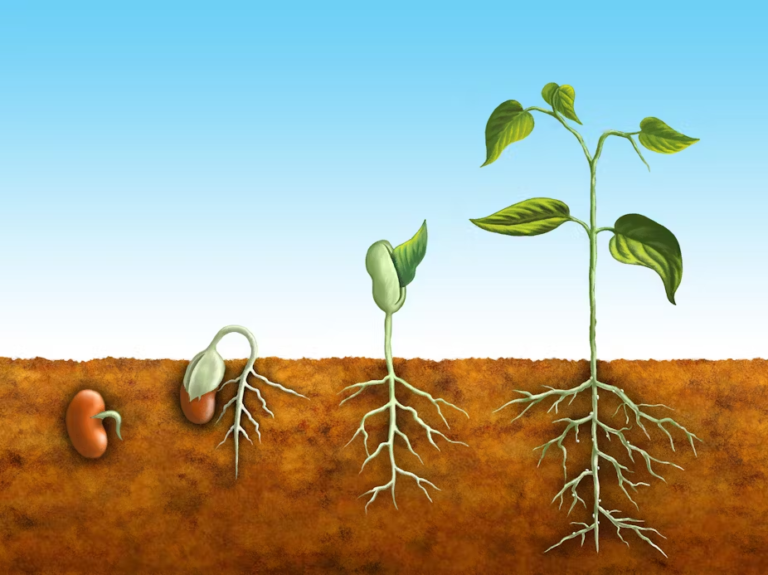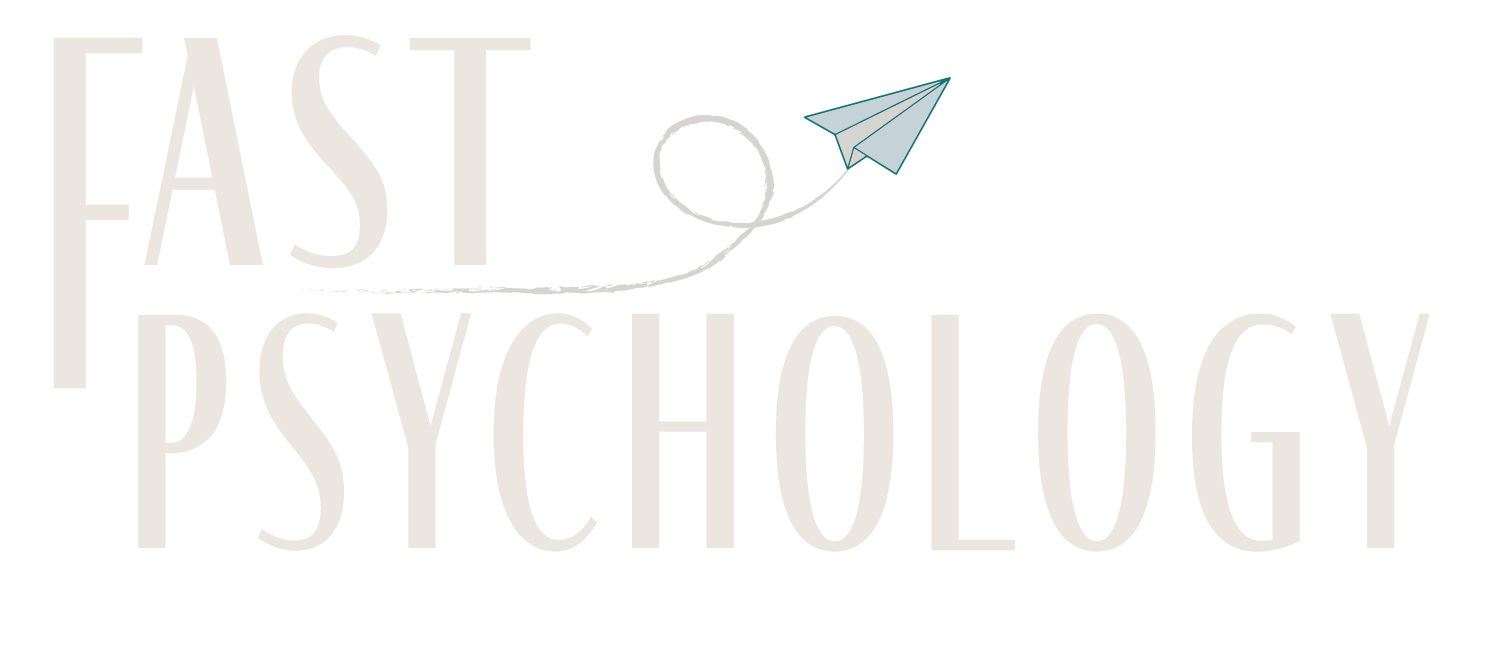Uncover your hidden strength to tackle anxiety head-on and turn life’s choppy waters into smooth sailing.
Hey there! How about we take a little jaunt down Worry River? Trust me, it’s one heck of a ride—from those easy breezes of everyday worries to the full-on tempests of generalised anxiety disorder.
Picture this river as our chat line to ourselves, winding through the landscape of our inner lives, with every twist and turn teaching us a thing or two about navigating through the choppy waters of our emotions.
So, come on, grab your paddle, and let’s tackle these waters with a big ol’ heartful of compassion.
Starting Off Easy: The Calm Waters of Early Worries
Here we are at the start, where everything’s nice and easy, the river just lazily meandering along.
This is where worries are like those tiny ripples—there, but kinda soothing in a way. It’s as if the river’s muttering secrets about what’s coming up, stirring up that little bubble of uncertainty inside us.
You know, that nagging thought, “What if it all goes sideways?” This bit right here?
It’s where the real adventure kicks off, tinged with a bit of excitement and that slightly jittery feeling of stepping into the unknown.
When the Wind Picks Up: Hello, Overwhelm!
As we paddle on, the water starts getting a bit frisky.
Welcome to the bustling rapids of being totally overwhelmed.
Suddenly, it’s like our thoughts and worries have turned into this wild dance of leaves in a storm, all swirling around demanding, “Look at me!”.
It feels a bit like you’re in the middle of a tornado, where every little leaf (aka worry) seems super important and utterly uncatchable.
Yep, that’s the overwhelm zone for you, making you feel like you’re stuck in the eye of a worry storm.
Hitting the Rough Waters: Anxiety’s Grip
Next up, the river decides to kick it up a notch, and we find ourselves smack in the middle of Anxiety Central.
This is where the “what ifs” start to look like huge waves, and the whole “being swept away” feeling gets pretty real.
Your heart’s racing, your mind’s doing the hundred-meter dash with thoughts that just won’t quit yammering for attention.
This part of the river? It’s where we learn to paddle like pros, finding our calm in the midst of the chaos.
The Rapids Get Louder: Edge of Burnout
Paddling along, the sound of the rapids gets louder, and oh boy, are we heading towards Burnout Falls.
It’s like being on one of those endless treadmill marathons, where the finish line keeps jumping away.
This is the spot where every stroke of the paddle feels heavy, whispering, “I’m done, can’t do this anymore.” It’s tough, no kidding.
The Big Drop: Time to Call in the Pros
And just when you think you’ve seen it all, the river goes full-on wild, speeding up towards a massive waterfall—yep, that’s the big, scary diagnosed anxiety part.
Standing here, at the edge, looking down?
It’s the universe’s way of waving a giant flag saying, “Hey, time to ring up a guide who knows what they’re doing.”
It’s about acknowledging that this part of the journey might just need a bit more than a sturdy paddle.
The Rocks We Cling To: Our Unhelpful Coping Strategies
As we meander along the gentle currents and face the roaring rapids, we encounter various “rocks” along our path.
These aren’t your ordinary river stones, though; they’re the habits and coping strategies we often cling to, thinking they’ll keep us safe from the river’s unpredictability.
But here’s the twist: while they might offer momentary relief, they often hold us back from truly experiencing the river’s beauty and learning from its lessons.
Let’s take a closer look at these rocks, understanding why we’re drawn to them and, more importantly, why it might be time to let go and trust the flow a little more.
- Procrastination: This is the rock that whispers, “Do it later, the river’s not going anywhere.” But here’s the thing, the river keeps moving, and so should you.
Fast Tip: Set a timer for just 5 minutes and start on something—anything. Often, that’s all it takes to get the momentum going.
- Denial: Clinging to this rock means you’re telling yourself, “That rapid up ahead? Nah, doesn’t exist.” Spoiler: It does, and ignoring it won’t make it disappear.
Fast Tip: Acknowledge one small worry you’ve been ignoring and take one small step to address it. Acknowledgment is the first paddle stroke.
- Excessive Worrying: Clinging to this rock is like paddling in circles because you’re too worried about the possibility of rapids ahead. It exhausts you, going nowhere fast.
Fast Tip: Try setting aside a specific “worry time” each day. Give yourself permission to worry during this time but keep it contained, allowing you to focus on paddling forward the rest of the day. It’s like scouting the river ahead: plan your route, then enjoy the journey, knowing you’ve got a strategy for the rapids.
- Anger: This rock seems sturdy and powerful, but it’s actually just slippery and hard to hold. Plus, it tends to splash water everywhere (not in a fun way).
Fast Tip: Take a deep breath and count to ten before reacting when you’re angry. It’s like putting your paddle down gently before you capsize.
- Binge Eating: This rock offers the illusion of comfort, a temporary salve to hunger that isn’t just about the stomach but more about feeding emotional voids. It’s like trying to fill your kayak with snacks to keep it stable; it only weighs you down.
Fast Tip. Before you reach for that extra helping, take a moment to really ask yourself, “Am I hungry, or is there something else I’m feeling?” Try to identify the emotion and address that instead. Maybe what you need isn’t in the fridge but in a journal, a walk, or a good talk with a friend. - Alcohol: This rock can seem like a shortcut to relaxation or a way to momentarily steer clear of stressors. But, much like navigating into a fast current thinking it’ll get you downstream quicker, it often leads to losing control of your direction and ending up somewhere you didn’t intend.
Fast Tip: Set a limit before you start and switch to a non-alcoholic drink once you hit it, like sparkling water with lime. It keeps your hands and mouth busy, mimicking the act of drinking without the alcohol. It’s about steering your kayak with intention, not letting the current dictate where you go.
- Other Addictions (Substance Use, Gambling, etc.): These rocks come in various forms, each offering an escape, a momentary release from the river’s grip. Yet, they tie you to the spot, creating illusions of safety while the beautiful river of life passes you by.
Fast Tip: Engage in urge surfing. Picture each urge as a wave on the river—some waves are bigger, some smaller, but all will eventually crest and fall. Sit with the urge, observe it without acting on it, and let it pass. It’s a way of acknowledging the water’s power but choosing to stay in your kayak, paddling on your terms.
- Overworking: It’s like paddling non-stop, thinking you’ll outrun the river itself. Spoiler: The river is endless, and you’ll just end up exhausted.
Fast Tip: Schedule short breaks into your day to rest and refuel. Even the best paddlers need to float and catch their breath.
- Avoidance: Here’s the big one—sitting on the bank, watching the river flow by, too scared to dip a toe in or explore the nearby trails. You miss out on the beauty of the river and the adventures it leads to.
Fast Tip: Take one small step towards something you’ve been avoiding. It could be as simple as walking closer to the water’s edge or just sitting by it, getting comfortable with its presence.
- Perfectionism: Holding onto this rock is like trying to control the river’s flow—impossible and frustrating.
Fast Tip: Celebrate progress, not perfection. Did you paddle a bit today? That’s a win. Keep paddling, and you’ll see how far you’ve come.
- Social Withdrawal: This is like choosing a solitary kayak when you could have had a buoyant, supportive raft.
Fast Tip: Send a message to a friend or join a community group. Connection is the current that keeps us moving.
- Self-Doubt: The rock that makes you think you can’t navigate the river. But guess what? You have everything you need to paddle through.
Fast Tip: Make a list of times you’ve overcome challenges in the past. Let this be your paddle guide.
Grabbing the Rope: Fast Psychology Lifelines
Think of these lifelines as your personal toolkit, each tool designed not just for survival, but for thriving.
They empower you to paddle with purpose, steer with confidence, and embrace each twist and turn of the river with open arms.
- Harnessing Mindful Awareness: It’s about more than just being present; it’s understanding the intricate dance between thoughts, feelings, and actions, and how each influences the other.
Fast Tip: Pause three times a day to ask yourself, “What am I feeling?” Connect this to what you were thinking and doing to see the links.
- Knowing and Taming Your Triggers: Dive deep into what sets off your emotional waves. It’s recognising these triggers, not as foes, but as signposts for where your attention is needed.
Fast Tip: Create a trigger journal. When you feel unsettled, jot down what happened right before. Spot patterns, and you’ve got your map.
- Cultivating Gratitude: This isn’t just about being thankful; it’s a lifeline that shifts the currents, changing how you navigate the river.
Fast Tip: Start or end your day by writing down one thing that made you smile or feel good. Watch how this simple act changes the waters around you.
- Establishing Healthy Routines: Like setting your kayak on a steady course each morning, a routine can be the current that guides you through the day.
Fast Tip: Anchor your morning with a five-minute mindfulness practice, setting the tone for the day.
- Setting Boundaries: Drawing your lines in the riverbank helps keep your waters calm, making sure you’re not overrun by outside currents.
Fast Tip: Practice saying “No, but thank you,” once today. It’s a small step in protecting your waters.
- Mastering Emotional Regulation: Steering through emotional undercurrents requires skill and practice. It’s about responding to the river’s changes with grace.
Fast Tip: When a wave of emotion hits, identify it, say it out loud, and take a deep breath. Each breath is a stroke of the paddle through the wave. - Assertive Communication: Clear, confident communication ensures your journey down the river is understood and respected by all.
Fast Tip: Next time you express a need, start with “I feel” and explain your emotion without blame or judgment.
- Joining the Fast Psychology Community: Embarking on this journey alongside others offers shared strength, wisdom, and encouragement.
Fast Tip: Engage with one post or discussion in the Fast Psychology Community today. Sharing a piece of your story could be the beacon someone else needs.
- Practicing Self-Compassion: Kindness towards oneself is the gentle current that soothes the journey, making each paddle stroke lighter.
Fast Tip: Write down one mistake or regret from today and then write a forgiving and understanding response to yourself, as you would for a friend.
- Continuous Learning: The river of life is ever-changing, and each bend brings new lessons. Embrace them as opportunities for growth.
Fast Tip: Pick one new skill or area of knowledge you’re curious about and dedicate 15 minutes today to explore it.
If you’re at a point where keeping your kayak steady on Worry River feels like an endless struggle, or if you’ve been tipped over and are now clinging to a rock, hoping for stability, listen closely.
It’s time for a change—not just any change, but one that propels you from precarious clinging to confident navigation.
It’s time to let go of the makeshift safety and reach out for something profoundly steadying.
Now is the perfect time to take that step towards the transformation you’ve been seeking.
This is your chance to access all the wisdom and techniques that have been refined and proven effective over years of therapeutic practice, all aimed at fast-tracking your path to a worry-free life.
Let go of the struggle, embrace the comprehensive lifelines designed with your growth in mind, and join us on this transformative journey.
Click here to learn more about my Freedom from Worry & Anxiety 6-week program.
Together, we’ll navigate towards your desired future—one where you’re not just surviving the rapids but thriving, paddling confidently through life’s challenges and embracing each moment with joy and assurance.






 to your inbox. (Unsub anytime in a click.) You also agree to my
to your inbox. (Unsub anytime in a click.) You also agree to my 